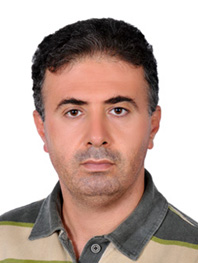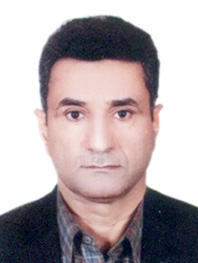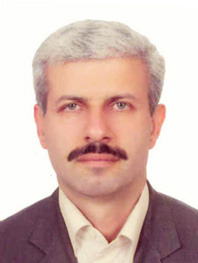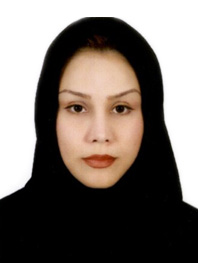The main touch point of RRII to rice-based cropping system products industry, the DAE apply their knowledge of engineering technology and biological science to design rice cultivation, harvesting and post- harvesting machinery, equipments and structures. They also develop ways to conserve soil and water and help improve the processing of existent rice products. The only one real multi-disciplinary department of RRII faces with and focuses on new raising super challenges such as water scarcity, climate change, small size farms and non-improvement seed to seed processes and facilities.
Agricultural Engineering (DAE)
Field of activities
- Proper usage of tillage, transplanting, harvesting and post-harvesting machinery and implements
- Design, build and optimization of rice crop machinery and implements
- Compare rice production and post- production machinery efficiency to select and localize the qualified machines
- Irrigation management and technologies
- Paddy field consolidation constraints
- Approaches to decreasing yield losses at post-harvesting processes
- Research on rice by-products
- Rice quality control

Achievements
- Determination of component of rice water requirement
- Determination of irrigation water use efficiency of Sepidrood irrigation channel
- Introducing and improvement of interval irrigation to execute partial irrigation on Sepidrood irrigation channel
- Prepare the paternal project of paddy fields consolidation
- Improvement of remote sensing technology systems to determine the total yield of rice
- Design and fabricating of the rice bran stabilizer
- Localizing direct seeding technologies
- Improvement of rice growth models based systems and remote sensing technology to increase irrigation water use efficiency on Sepidrood irrigation channel
- Introducing the best harvesting time of Hashemi, Khazar, and Gouhar rice varieties to reduce grain losses
Some of DAE published papers
- Rezaei, Mojtaba, H. Shokri Vahed, Ebrahim Amiri, Mohammad Karim Motamed, and Ebrahim Azarpour. “The effects of irrigation and nitrogen management on yield and water productivity of rice.” World Applied Sciences Journal 7, no. 2 (2009): 203-210.
- Alizadeh, Mohammad Reza, Ali Dabbaghi, Fatemeh Rahimi-Ajdadi, Mojtaba Rezaei, and Mohammad Hashem Rahmati. “Effect of salinity and irrigation regimes on the internode physical variations of rice stem.” Australian Journal of Crop Science 5, no. 12 (2011): 1595.
- Mousavi, S. F., M. Moazzeni, B. Mostafazadeh-Fard, and M. R. Yazdani. “Effects of rice straw incorporation on some physical characteristics of paddy soils.” Journal of Agricultural Science and Technology 14, no. 5 (2012): 1173-1183.
- Mostafazadeh-Fard, Behrouz, Fatemeh Jafari, Sayed-Farhad Mousavi, and Mohammad-Reza Yazdani. “Effects of irrigation water management on yield and water use efficiency of rice in cracked paddy soils.” Australian Journal of Crop Science 4, no. 3 (2010): 136.
- Alizadeh, Mohammad Reza, and Alireza Allameh. “Evaluating rice losses in various harvesting practices.” Int. Res. J. Appl. Basic Sci 4 (2013): 894-901.
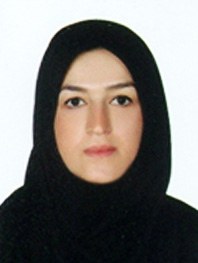
Fatemeh Alipour
PhD, Soil Physics
-Researcher
-Extention expert
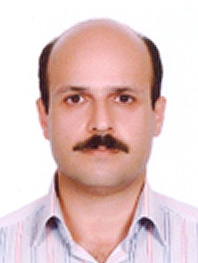
Hadi Kamran
Diploma, Irrigation science
-Lab Technician
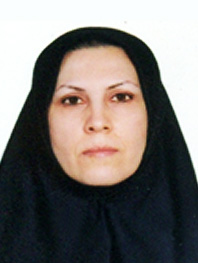
Sima Bolvik
BSc, Food Industry
-Lab Technician

Mohammad Aprouz
BSc, plant resources
-Lab Technician

Didar Haghtalab
BSc, Agricultural Machinery
-Lab Technician

